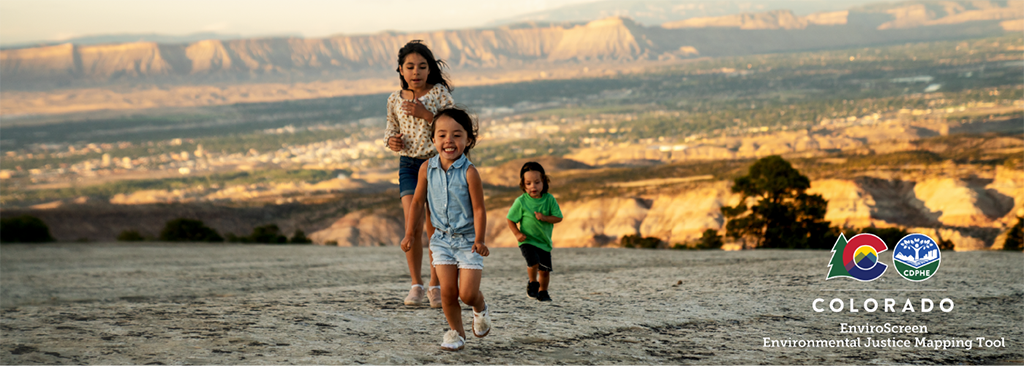
Coloradans are invited to test and give feedback on the beta version of the state’s new interactive environmental justice mapping tool, Colorado EnviroScreen. The Colorado Department of Public Health and Environment and a team from Colorado State University are developing the tool. Colorado EnviroScreen is open for public beta testing until May 1.
The team also invites all Coloradans, especially people living in communities disproportionately impacted by environmental health risks, to join a virtual community meeting from 6-7:30 p.m. MT Monday, April 25. The team will demonstrate the beta version of the tool, ask for feedback and incorporate suggestions into the final version of the tool. Sign up for the meeting here.
“EnviroScreen is an important tool in our work toward environmental justice. Everyone, no matter where they live, work, play, or learn deserves to have clean air to breathe, clean water to drink, and an environment free of pollutants,” said Jill Hunsaker Ryan, the executive director at CDPHE. “The information provided by EnviroScreen will help to focus our work and our community grants program to areas plagued by environmental issues for far too long.”
“We are so grateful to the hundreds of community members who have shared their expertise to help us develop Colorado EnviroScreen so far,” said Joel Minor, Environmental Justice Program Manager at CDPHE. “Their vital feedback directly shaped data priorities and functionality, and we look forward to learning more about how we can improve the tool.”
EnviroScreen seeks to address environmental injustice
CO EnviroScreen will enable users to identify disproportionately impacted communities based on the definition in Colorado’s Environmental Justice Act (HB21-1266) in order to maximize funding and resources for efforts to avoid, reduce, and repair environmental harms. For example, the Environmental Justice Advisory Board at CDPHE will use EnviroScreen to determine where to distribute environmental justice grants created by the new law.
“Developing a trusted resource to address environmental injustices in Colorado is our No. 1 goal,” said David Rojas Rueda, project lead for the CSU team and member of the Environmental Justice Advisory Board. “A key takeaway from our community engagement sessions is that EnviroScreen is only useful to communities if it reflects their input and lived experiences. We know that is foundational to our goal.”
The Environmental Justice Act defines disproportionately impacted communities as including low-income communities, communities of color and housing cost-burdened communities. Stakeholders can use the Climate Equity Data Viewer to identify census block groups that meet those three criteria until CO EnviroScreen launches early this summer.
CSU teams are developing the tool
CDPHE selected CSU’s Institute for the Built Environment, Geospatial Centroid, and Rojas Public Health Lab team to develop CO EnviroScreen. The CSU team brings a wealth of experience in engaging Colorado’s disproportionately impacted communities and working with stakeholders, in addition to the technical expertise needed to produce an easy-to-use resource for Colorado’s disproportionately impacted communities and the organizations that serve them.
Learn more about the project at the CO EnviroScreen web page.